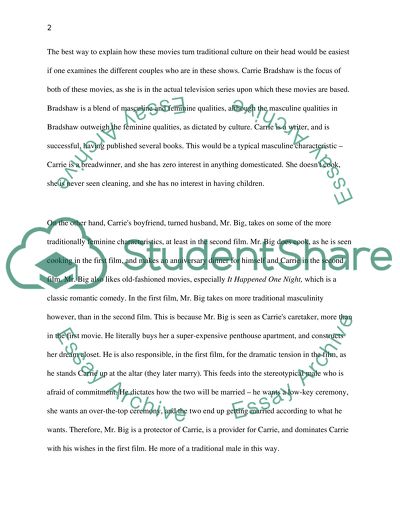Cite this document
(“Gender Issues and Cultural Constructs in Sex and the City Essay”, n.d.)
Retrieved de https://studentshare.org/english/1461702-interfaces-between-music-and-gender
Retrieved de https://studentshare.org/english/1461702-interfaces-between-music-and-gender
(Gender Issues and Cultural Constructs in Sex and the City Essay)
https://studentshare.org/english/1461702-interfaces-between-music-and-gender.
https://studentshare.org/english/1461702-interfaces-between-music-and-gender.
“Gender Issues and Cultural Constructs in Sex and the City Essay”, n.d. https://studentshare.org/english/1461702-interfaces-between-music-and-gender.


